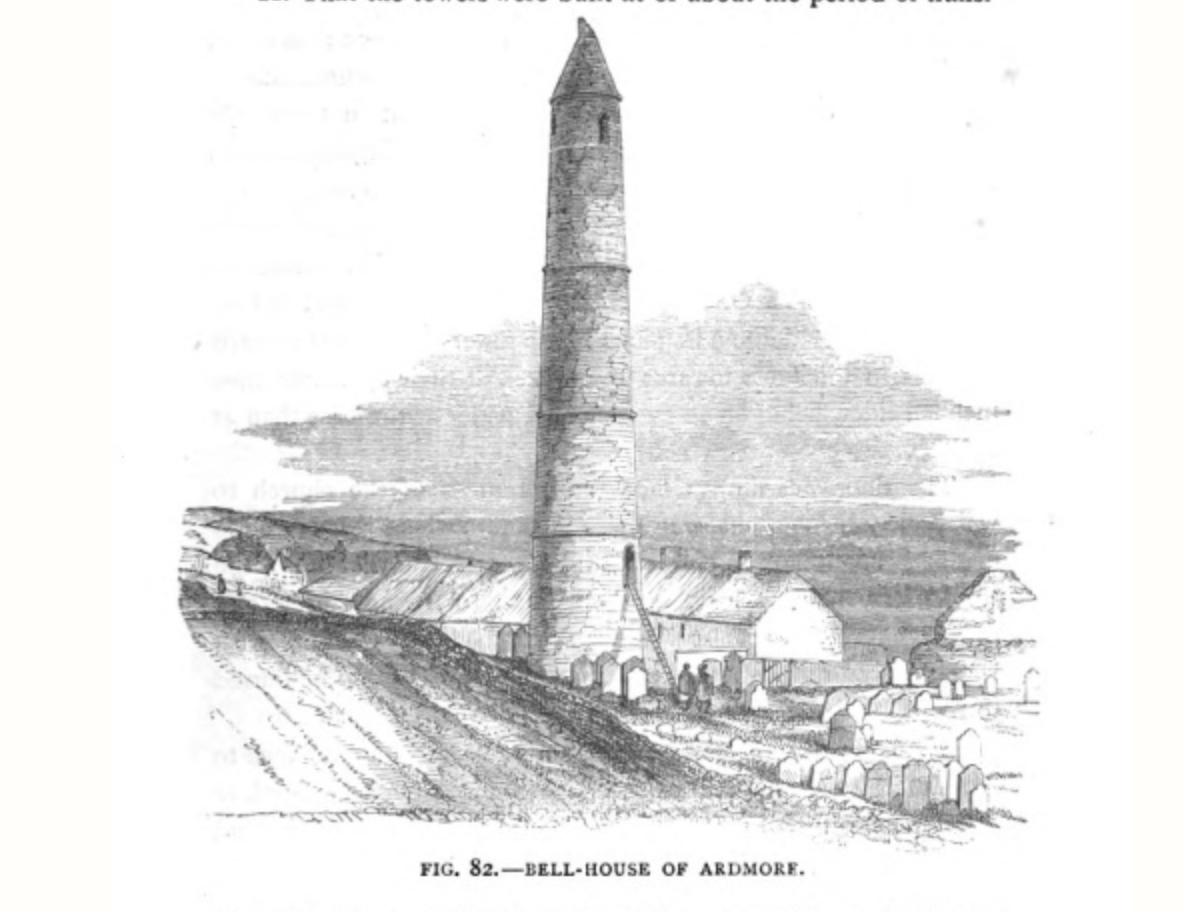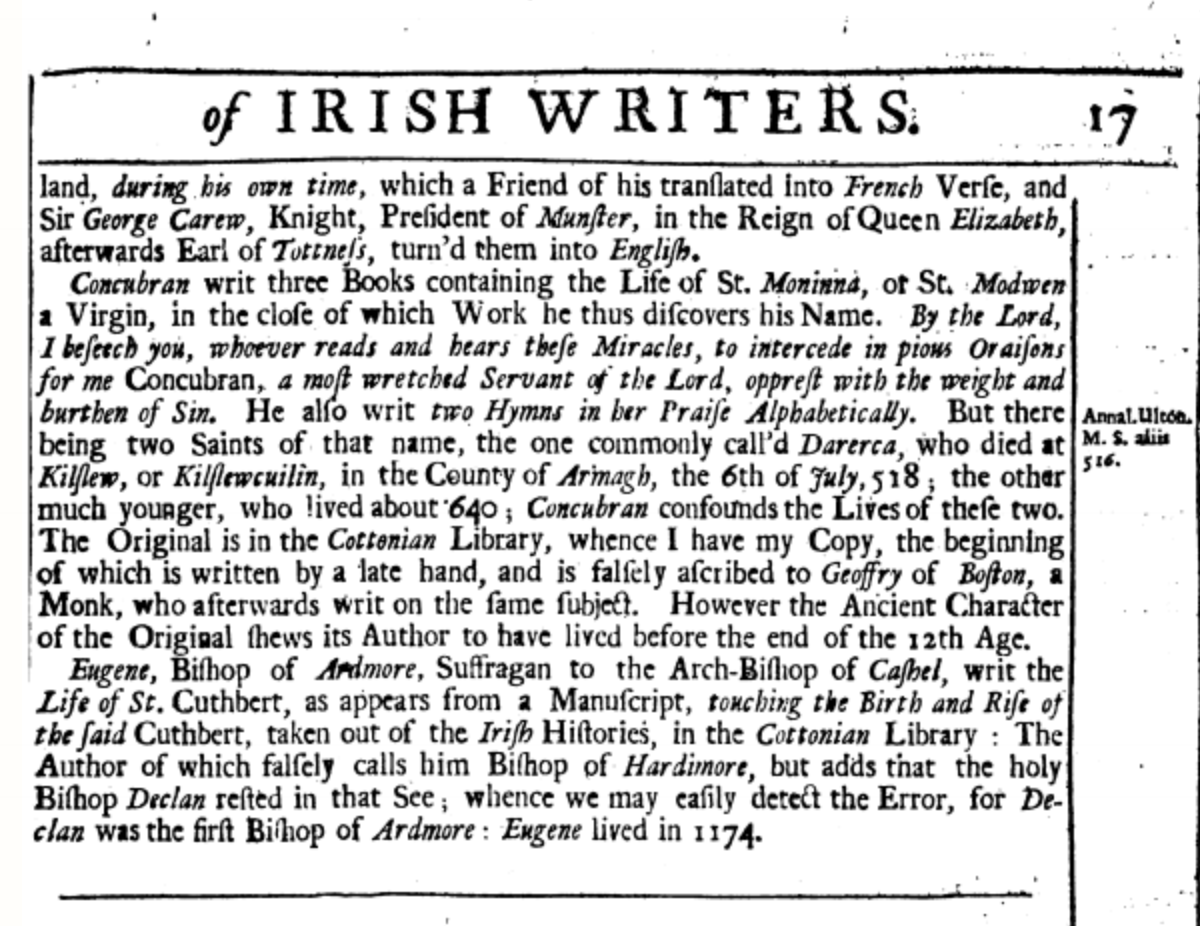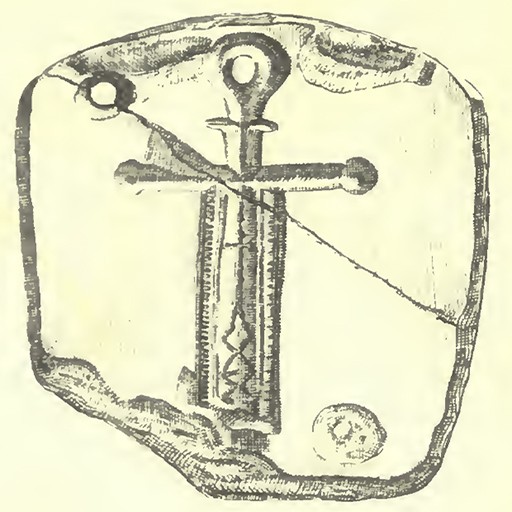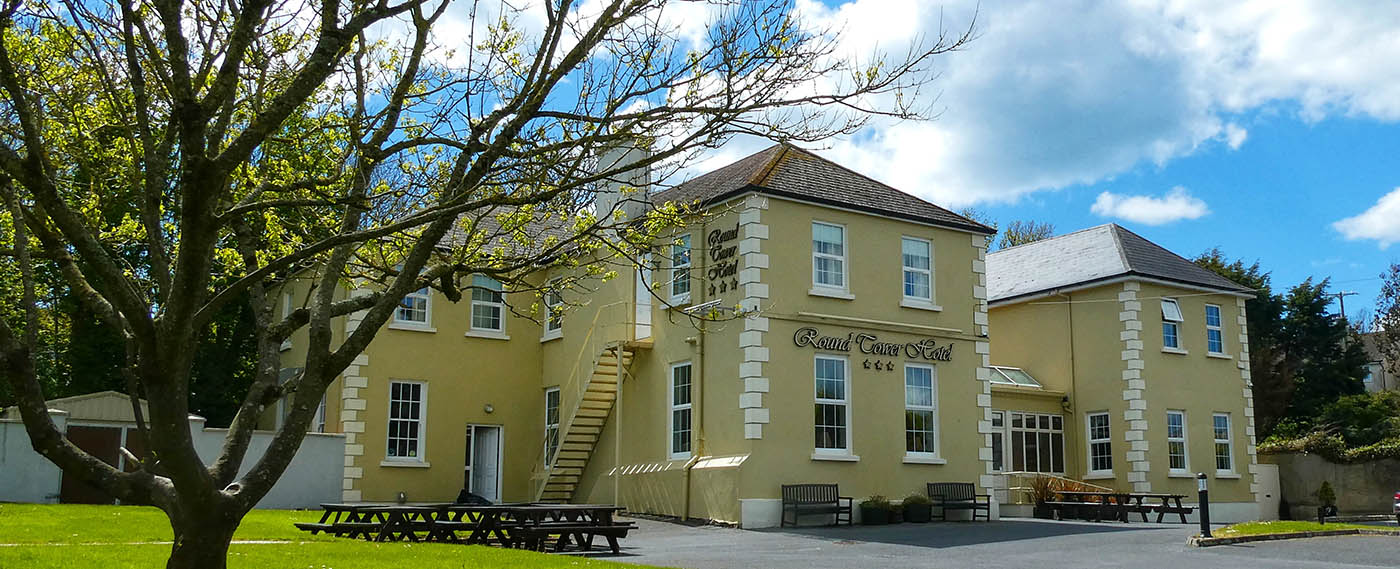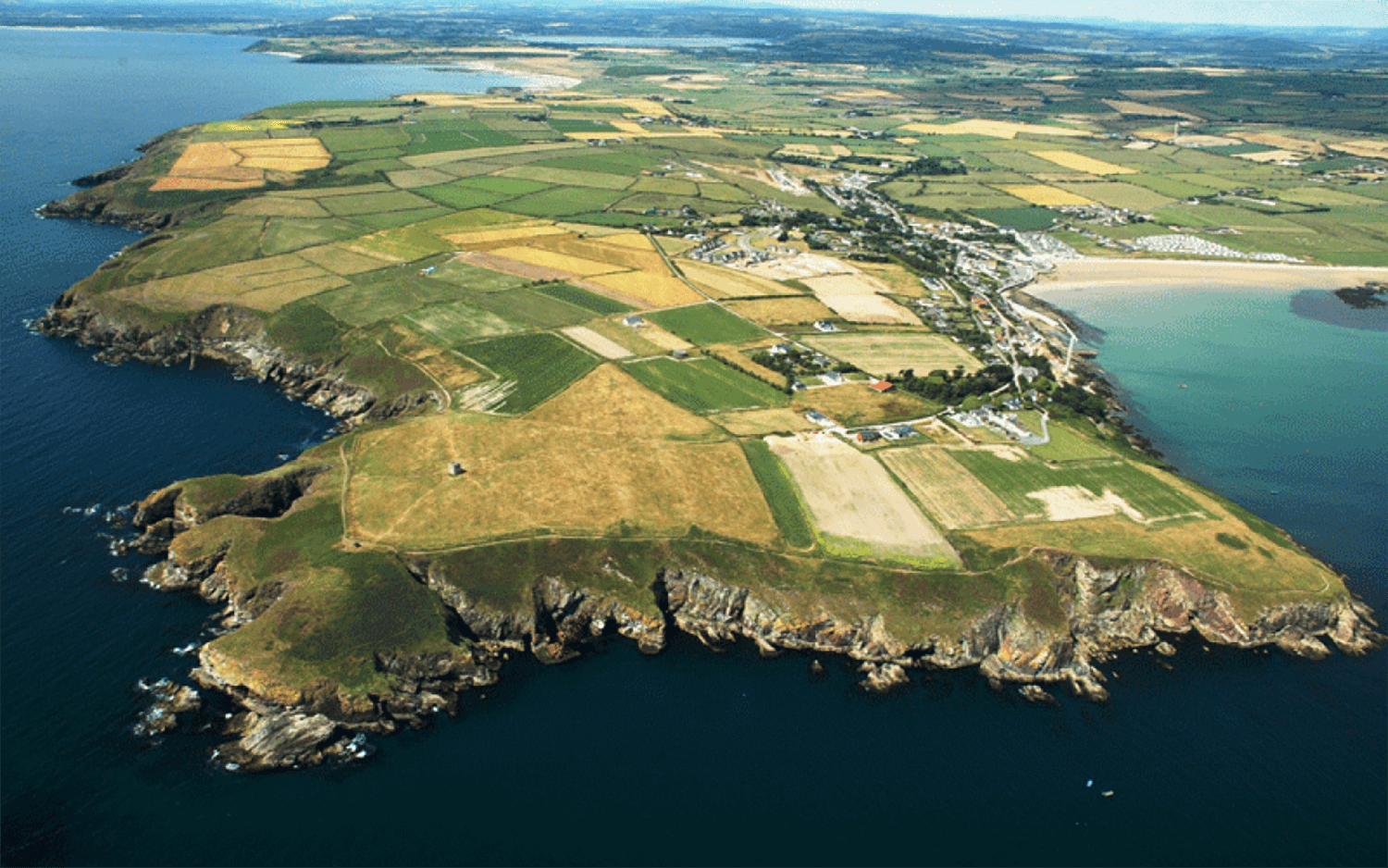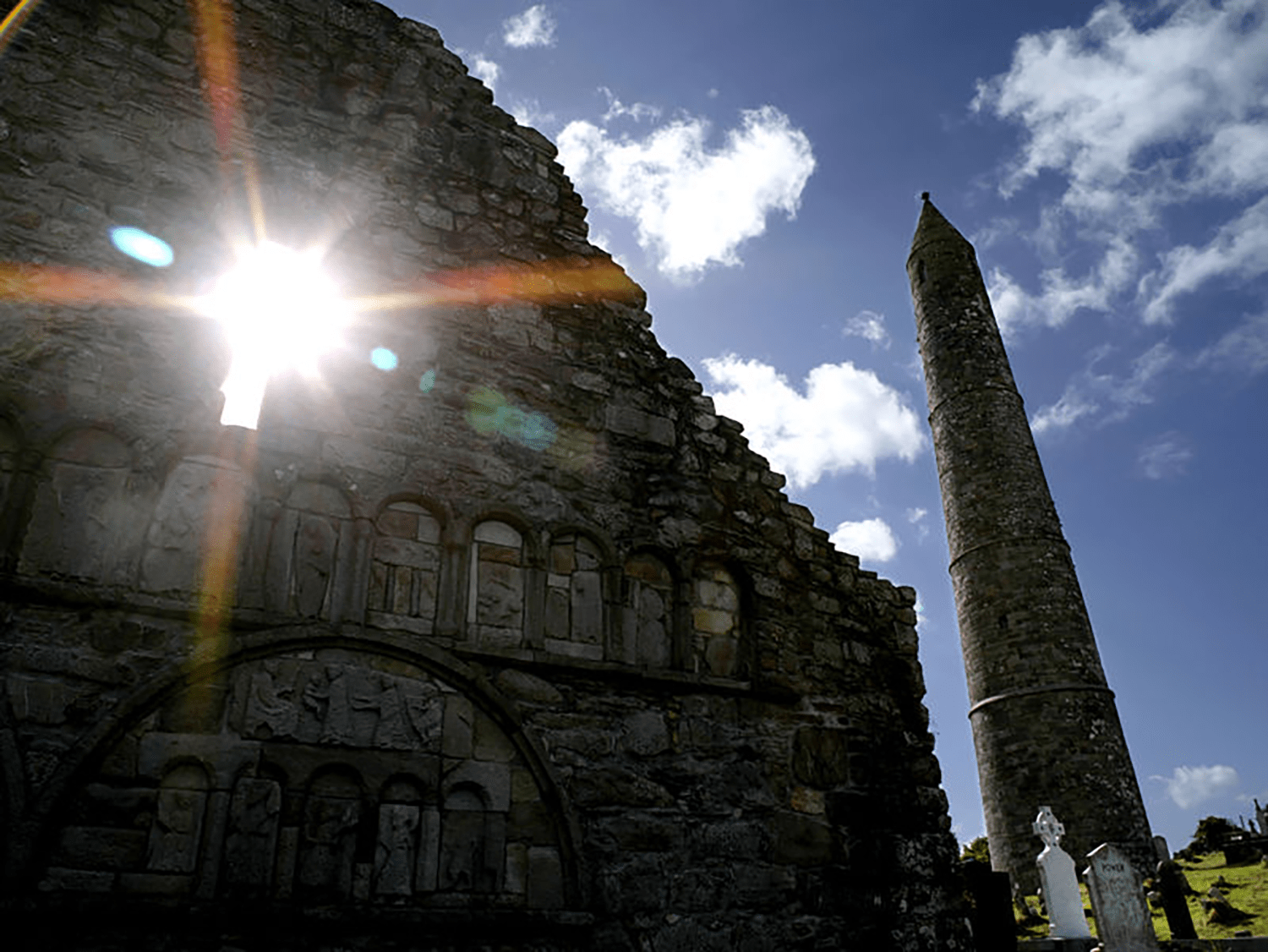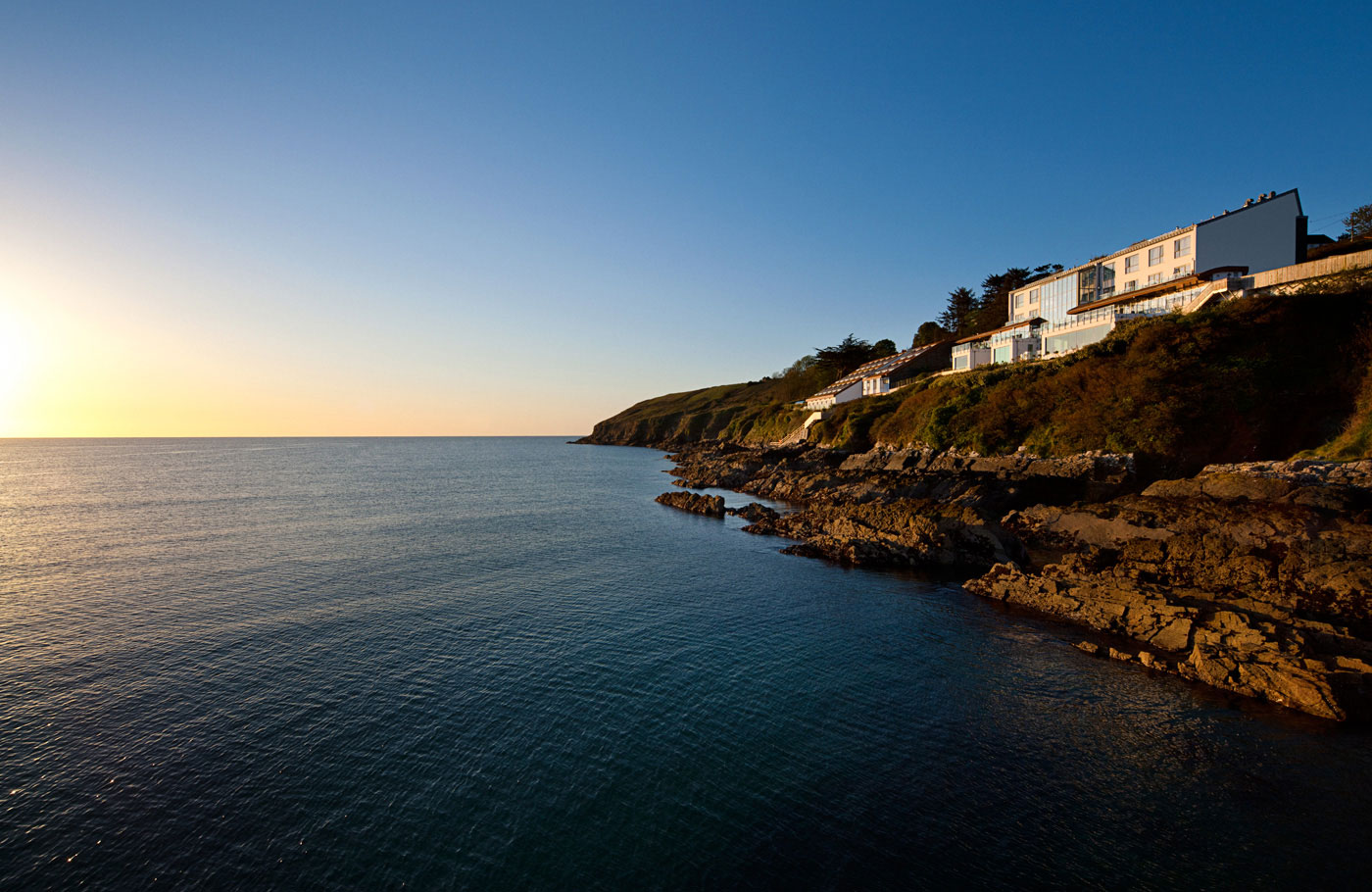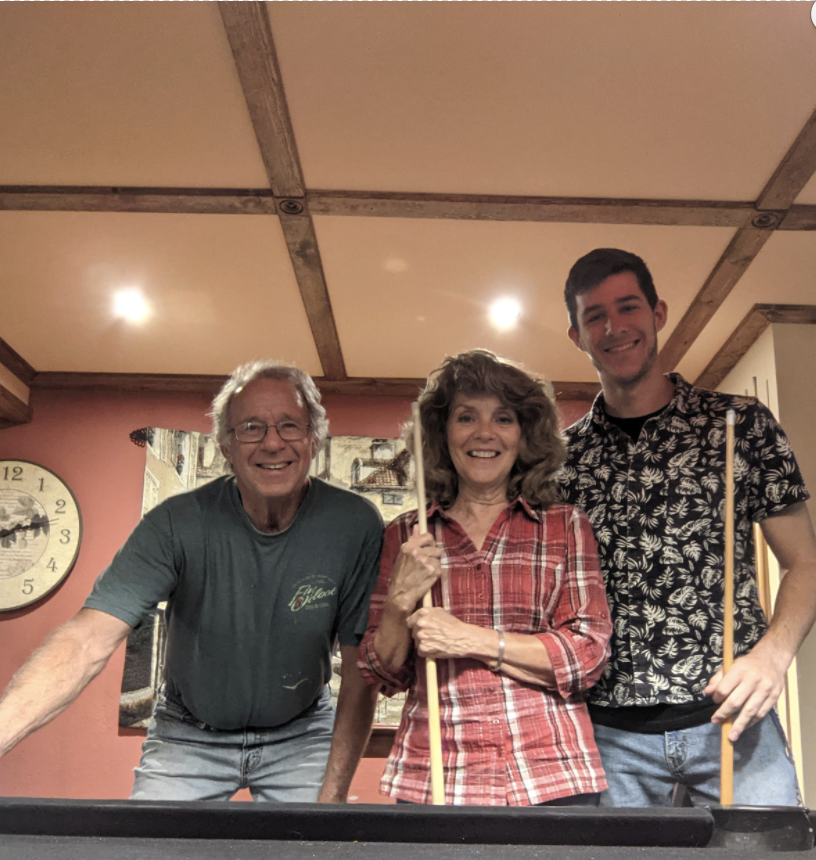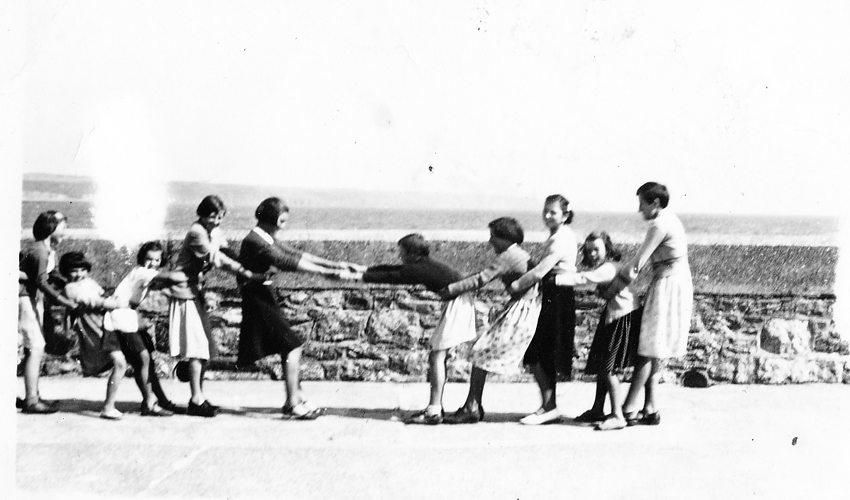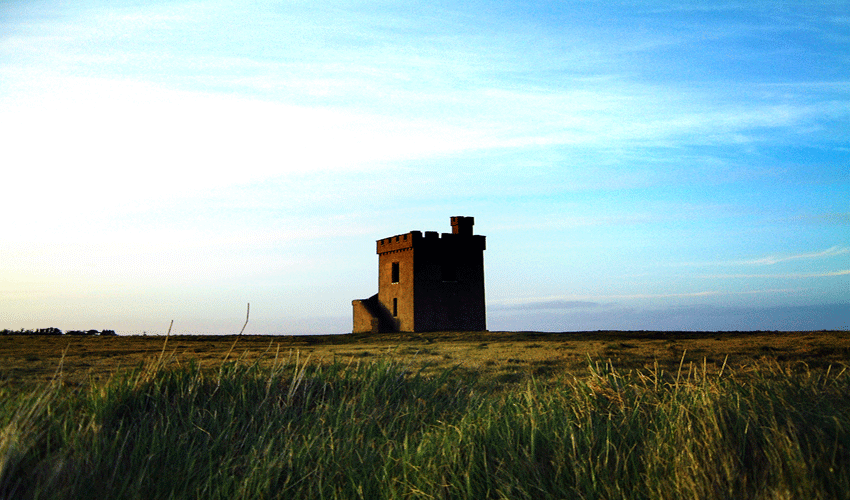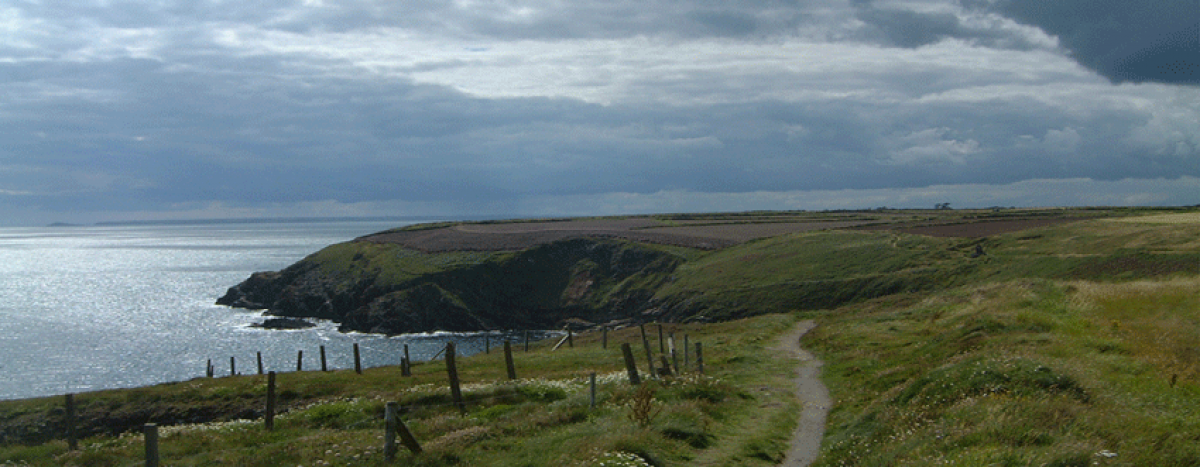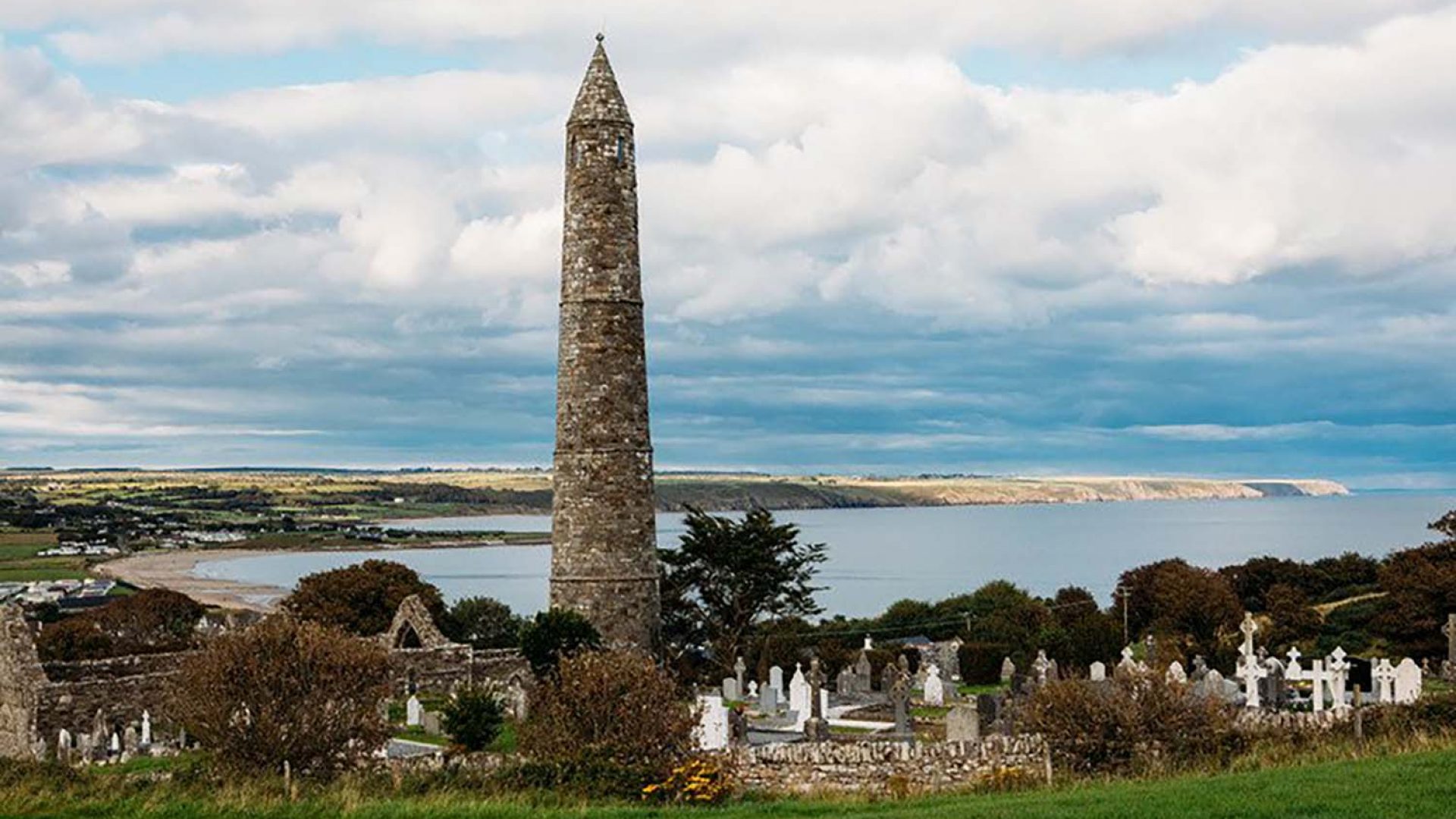Step back to medieval Ardmore, a coastal gem in County Waterford steeped in rich ecclesiastical history. While Ardmore boasts a fascinating religious legacy, the tale of an “Amazing Bishop of Hardimore” appears to be more myth than reality.
Ardmore’s True Episcopal Legacy
Ardmore’s religious significance is undeniable:
- Founded by St. Declan in the 5th century, predating even St. Patrick’s mission
- Recognized as a diocese at the Synod of Rathbreasail in 1111
- An Ardmore bishop swore fealty to King Henry II of England in 1171
However, by 1210, references to an independent Bishop of Ardmore fade from historical records, marking the end of its status as a separate diocese.
The Vanishing Bishop
The story of an “Amazing Bishop of Hardimore” in 1174 AD seems to be a case of historical confusion or embellishment. While Ardmore had bishops, there’s no credible evidence of a particularly “amazing” one in that year.
Ardmore’s True Wonders
Instead of chasing phantom bishops, let’s explore Ardmore’s authentic marvels:
- The stunning 12th-century Round Tower, standing 30 meters tall
- St. Declan’s Oratory, whispering secrets of early Irish Christianity
- The cathedral ruins, adorned with fascinating Romanesque sculptures
A Legacy of Faith and Conflict
Ardmore’s history is not just one of peaceful piety. In 1642, during the Irish Confederate Wars, the castle of Ardmore saw a brutal siege. After just one day, 117 men were hanged by the victorious forces of Lord Dungarvan and Lord Broghill – a stark reminder of the turbulent times.
While the “Amazing Bishop of Hardimore” may be a flight of fancy, Ardmore’s true history is filled with saints, scholars, and the occasional siege – a tapestry of Irish heritage far more captivating than any embellished tale.
Citations:
[1] https://www.ardmorewaterford.com/117-hanged-in-ardmore-waterford/
[2] https://www.ardmorewaterford.com/ardmore-1795/
[3] https://en.wikipedia.org/wiki/Ardmore,_County_Waterford
[4] https://www.discoverireland.ie/waterford/ardmore-round-tower-and-cathedral
[5] https://www.waterfordmuseum.ie/exhibit/web/Display/article/368/7/Ardmore_Memory_and_Story__The_Village_Big_Houses.html
[6] https://www.waterfordmuseum.ie/exhibit/web/Display/article/373/Ardmore_Memory_and_Story__Troubled_Times.html
[7] https://www.youtube.com/watch?v=it-Y7wpxRKc
False Claim Of The Amazing Bishop Of Hardimore !!!
People have been interested in what was happening in Ardmore for hundreds of years.
And the roots of Ardmore’s heritage run deep.
The following extracts represent early references to life in Ardmore and in particular to the feast of St Declan on the 24th of July.
These extracts come from the antiquities and history of Ireland, by the right honourable Sir James Ware (1594-1666). Containing 1. His inquiries into the antiquities of Ireland. 2. His Annals of Ireland from the first conquest by the English. 3. His commentaries of the prelates of Ireland. 4. His Two books of the writers of Ireland. 5. By way of appendix is added that rare and admirable discourse of Sir John Davis, knight, of the cause why Ireland was no sooner reduced to the obedience of the crown of England. Now first published in one volume in English; and the life of Sir James Ware prefixed.
